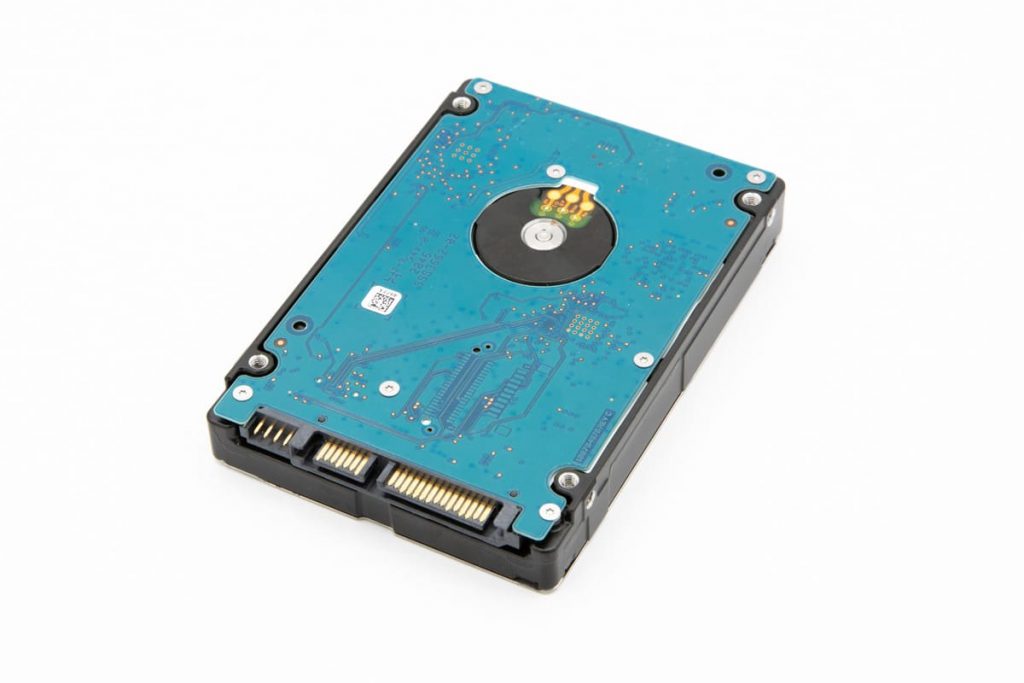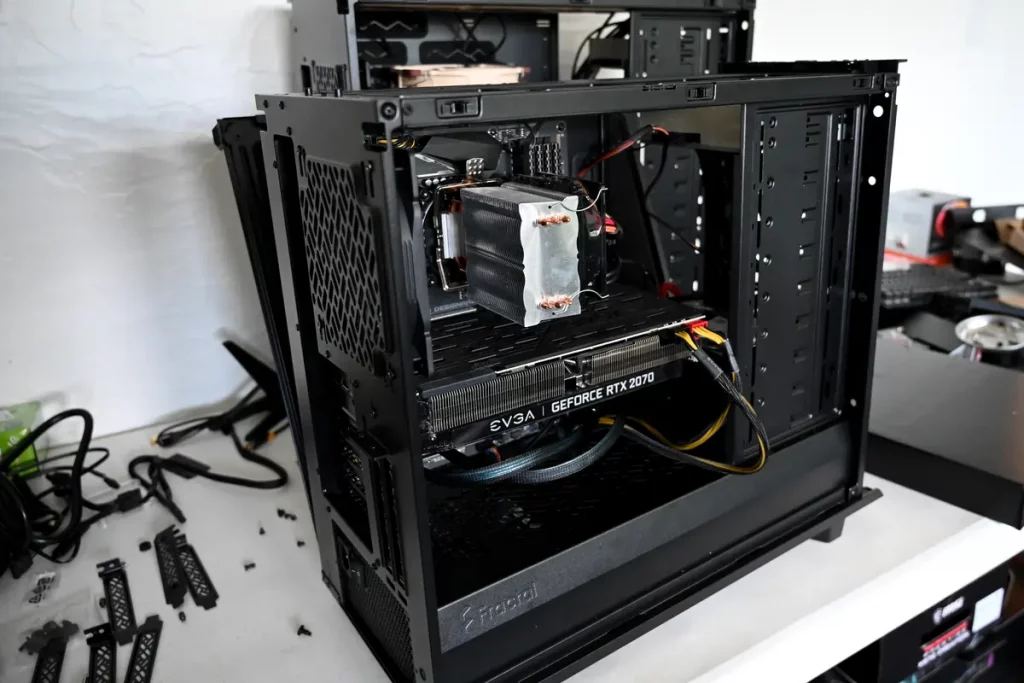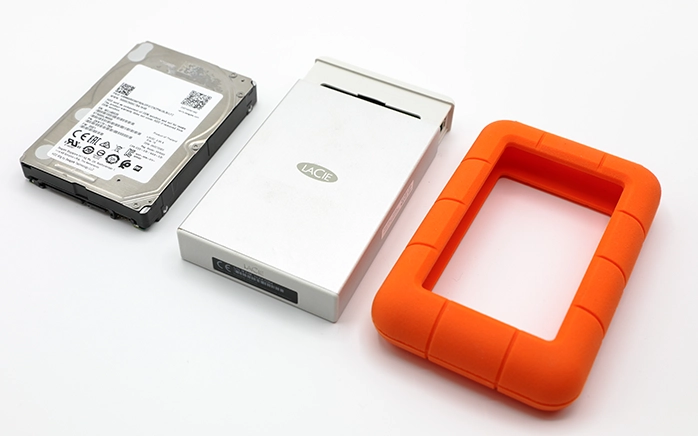Everyone relies heavily on our computers for work, communication, entertainment, and more. So, when your computer won’t turn on, it can be a frustrating and stressful experience. But fear not; this blog post will guide you through the process of troubleshooting and potentially reviving your computer. Whether your PC shows no signs of life or simply refuses to boot up, we have got you covered.
Why Won't My Computer Turn On?
When you encounter the dreaded situation where your computer refuses to power up, it is essential to remain calm and take a systematic approach to diagnose and fix the issue. Below, we will explore the common reasons why your computer won’t turn on and provide step-by-step troubleshooting solutions.
Before diving into the troubleshooting steps, it is crucial to understand some of the common culprits behind a computer’s refusal to turn on:
- Power Cable Issues. A loose or damaged power cable can prevent your computer from receiving the necessary power.
- Power Outlet Problems. Sometimes, the issue might not be with your computer but with the wall outlet or power strip you’re using.
- Power Light. The power light on your computer can provide valuable information about its condition. If it does not illuminate or behaves unusually, it might indicate an issue.
- Startup Settings. Problems with your computer’s operating system or startup settings can also result in failure to turn on.
- Hardware Failures. Internal components, such as the power supply, motherboard, or RAM, can fail and cause your computer to become unresponsive.
Now that we have a basic understanding of the potential reasons behind a computer that won’t turn on, let’s explore the troubleshooting steps.
How to Fix a Computer Won't Turn On
Check the Power Cable and Outlet
Start with the basics. Ensure the power cable is securely connected to your computer and the wall outlet or power strip. If you have a spare power cable, consider using it to rule out a faulty cable. Ensure the wall outlet or power strip works by plugging in another device, such as a lamp.
Examine the Power Light
Look for the power light on your computer. If it is not lit or behaves abnormally (e.g., flashing rapidly or a different color than usual), this can indicate a power-related issue. You may need to consult your computer’s manual or the manufacturer’s website for specific guidance on interpreting the power light signals.
Power Button Press
Press the power button and hold it for a few seconds. Sometimes, a short press may not initiate the startup process. Holding the button can trigger the power-on self-test (POST) and turn your computer on if it receives power.
Listen for Beeps
Many computers produce a series of beeps when they encounter hardware problems during startup. If you hear beeping sounds, consult your computer’s manual or the manufacturer’s website for a beep code reference to identify the issue.

Inspect the Power Cord
Examine the power cord and power supply unit for visible damage or loose connections. If you find any issues, it is best to replace the damaged components.
Disconnect Unnecessary Peripherals
External devices like printers, external hard drives, or USB hubs can sometimes cause issues during startup. Disconnect all unnecessary peripherals and try turning your computer on again.
Boot into Safe Mode
If your computer powers on but does not boot into the operating system, you can try booting into Safe Mode. This mode loads only essential drivers and can help you identify and fix software-related issues. To access Safe Mode, press the F8 or Shift key (depending on your operating system) after pressing the power button.
Use the “Choose an Option” Screen
If your computer still does not boot into the operating system, you can access Windows’s “Choose an option” screen. This screen offers various troubleshooting options, such as system restore, startup repair, and advanced options for more in-depth troubleshooting.
Check for Hardware Failures
If none of the previous steps resolves the issue, a hardware component may be causing the problem. It might be best to contact a professional technician or the manufacturer for further diagnosis and repair.
If your computer won’t turn on because of a severe hardware failure, you might be worried about the data stored on your system. In such cases, a data recovery service like PITS Global Data Recovery Services can help you retrieve important files and documents from your non-functioning computer. Our specialists have the expertise and tools to recover data from damaged or inaccessible storage devices.
The Importance of Data Recovery Services
For many individuals, a non-booting computer can be more than just an inconvenience. It can be a potential nightmare if you have critical data stored on your system. This could include important work documents, cherished family photos, or valuable business records. When your computer is inaccessible because of hardware failures, seeking professional data recovery services becomes crucial.
PITS Global Data Recovery Services retrieves data from non-functioning or damaged storage devices. Our team of experts uses state-of-the-art equipment and techniques to recover your data safely and efficiently.
What Our Clients Say About Our Service
Data recovery is a critical service when your computer refuses to turn on because of hardware failures. It ensures that your valuable data is not lost forever, providing peace of mind in even the most challenging situations.
Preventing Future Issues
While we have covered extensive troubleshooting steps and the importance of data recovery services, it is equally crucial to take steps to prevent future computer startup problems. Here are some tips to keep your computer running smoothly:
- Regular Backups. Back up your important data regularly to an external storage device or cloud service. This ensures that even if your computer encounters a catastrophic failure, your data remains safe and accessible.
- Quality Power Protection. Invest in a good-quality surge protector or uninterruptible power supply (UPS) to safeguard your computer from power fluctuations and outages. This can help prevent damage to your hardware.
- Routine Maintenance. Keep your computer clean and dust-free. Dust can accumulate inside your computer and cause overheating, which can lead to hardware failures. Periodically cleaning your system can extend its lifespan.
- Software Updates. Ensure that your operating system and software applications are up to date. Updates often contain bug fixes and security patches that can prevent software-related issues.
- Professional Assistance. If you are not comfortable with hardware troubleshooting, consider regular maintenance and check-ups by a professional technician. They can identify and fix potential issues before they become major problems.

When your computer won’t turn on, it is essential to remain patient and follow a systematic approach to identify and resolve the issue. Starting with the basics, such as checking the power cable and outlet, can often solve the problem. If not, consider using the troubleshooting steps mentioned above and, when necessary, seek professional assistance or data recovery services to ensure your important files are not lost forever.
Remember, with the right approach, many computer issues can be resolved, allowing you to get back to work, play, or any other activities you enjoy on your PC. Moreover, taking steps to prevent future issues will keep your computer running smoothly and protect your data from potential disasters.
Frequently Asked Questions
What should I do if my computer won't turn on at all?
If your computer doesn’t respond when you press the power button, start by checking the power cable, outlet, and power light. If these don’t resolve the issue, consider seeking professional assistance.
My computer is beeping during startup. What do the beeps mean?
Beep codes can provide valuable information about hardware issues. Refer to your computer’s manual or the manufacturer’s website for a beep code reference to diagnose the problem.
My computer has power, but it won't turn on. What could be the issue?
When your computer won’t turn on but has power, it may indicate a more complex problem. Start by checking the power cable, outlet, and power light. If these are not the issue, it might be because of hardware or software problems, and professional assistance may be required for a more in-depth diagnosis and solution.
Can I recover data from a non-booting computer with hardware failures?
Yes, professional data recovery services, like PITS Global Data Recovery Services, specialize in recovering data from non-functioning or damaged storage devices, ensuring your valuable data is not lost.
How can I prevent future computer startup problems?
Regularly back up your data, invest in quality power protection, perform routine maintenance, keep your software up to date, and consider professional assistance for regular check-ups to prevent future issues.


